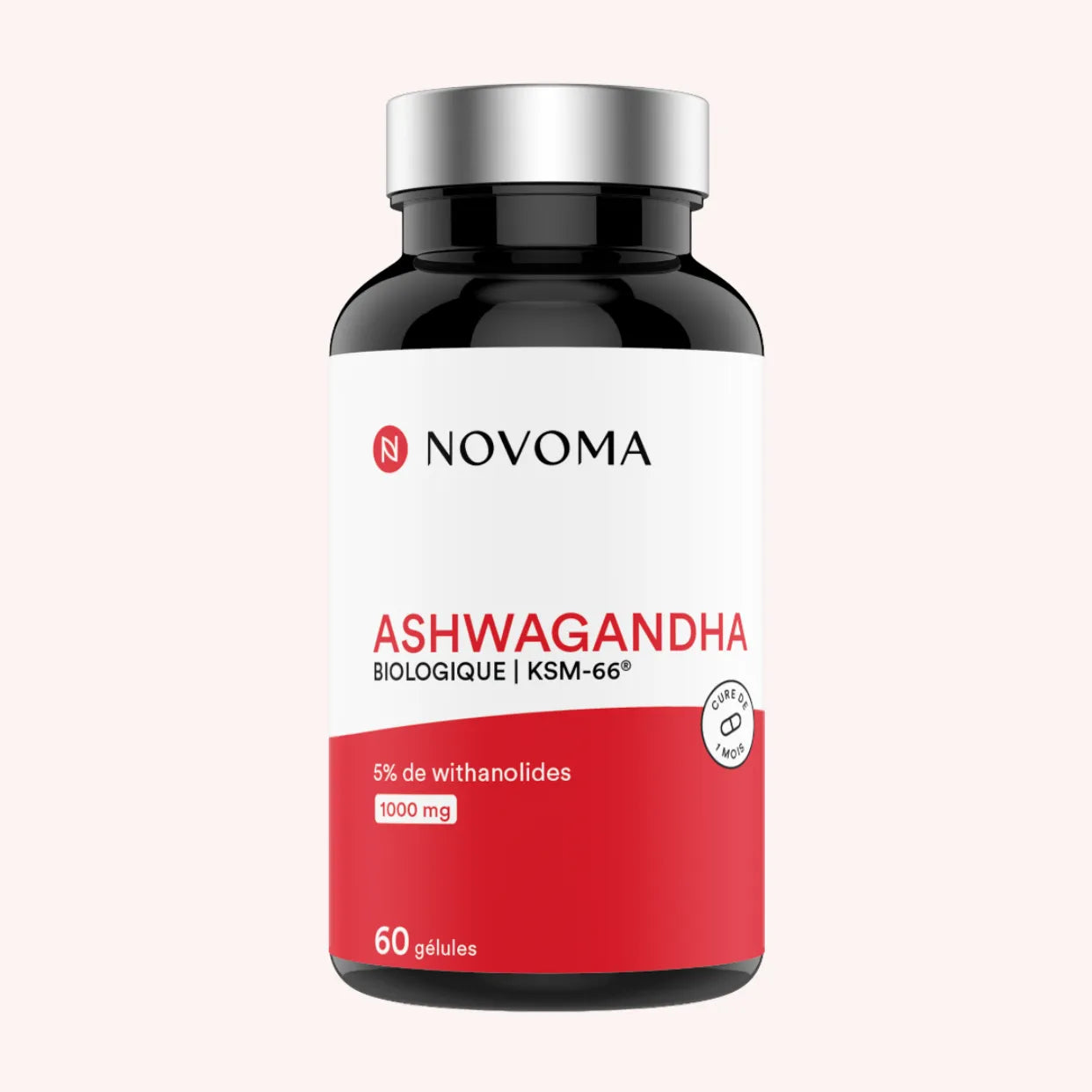When it comes to strength training, the question often arises as to which muscle groups to work together for the best results. Indeed, the organization of your training can significantly influence the growth and strengthening of your muscles. A practical guide to better understand which muscles to work together in your training program.
The benefits of working muscles in synergy
First, it's important to understand the benefits of working certain muscles at the same time or during the same workout. Here are some major benefits:
- Improved muscle balance: This helps limit imbalances between different parts of the body and avoid harmful compensations on a functional level.
- Increased efficiency: When you work multiple muscles quickly during a session, it plays a positive role in fat loss. Not to mention the fact that by taking less time to train, you also expose yourself to fewer significant risks such as injuries related to fatigue or overtraining.
- Faster progress thanks to the use of complete muscle chains rather than in isolation.
- Stimulation of hormonal production, particularly for large muscle groups which generate a generalized anabolism effect.
The basic rule: The principle of agonists and antagonists
To fully understand how to combine different muscle groups, it's important to consider the principle of agonists and antagonists. These are two muscles or muscle groups that have opposing functions. Therefore, when one contracts, the other relaxes. Working these antagonists together optimizes muscle growth and ensures balanced stress on the joints.
The main muscle groups to work together
To optimize your workout, it is recommended to combine certain muscle groups during your exercises. Here are the main combinations:
The pectorals and triceps
This combination allows for better use of the agonist muscle (pectorals) and the antagonist muscle (triceps). During pushing movements such as the bench press or push-ups , the pectorals are recruited first, while the triceps are used in addition to stabilize and finish the movement. Working these two muscles simultaneously improves the efficiency and quality of movement execution.
The pectorals and the back
This combination is undoubtedly one of the most used to respect the principle of antagonists. The pectoralis major is responsible for flexion, adduction, and rotation of the arm, while the back muscles, particularly the latissimus dorsi, are involved in stabilization and extension of the shoulders. These two muscle groups can be effectively worked by combining exercises such as pull-ups, push-ups, bench presses, and rows.
Back and biceps
Combining the work of the back muscles (latissimus dorsi, trapezius, rhomboids) with that of the biceps also allows for harmonious use of these muscles during pulling movements. For example, during pull-ups or rows, the back muscles are activated at the moment of contraction while the biceps are used to maintain and control the load during the exercise. Combining these two muscle groups in the same workout helps develop their synergy, which improves overall performance.
Legs and glutes
Working the quadriceps, hamstrings, and glutes together helps ensure proper posture and execution of leg movements such as squats, lunges, and deadlifts. This combination also helps prevent muscle imbalances that often cause pain and joint compensation. Exercises like deadlifts, hip thrusts, and deadlifts can be incorporated into your routine for a complete workout of the legs and posterior chain.
Legs and abs
Leg muscles, such as the quadriceps and hamstrings, are responsible for flexing and extending the leg. The abdominals, on the other hand, help tilt the torso and stabilize the core during lower body movements. It's therefore beneficial to work these two areas simultaneously, particularly by performing squats, lunges, or leg curls.
The special case of the shoulders
The shoulders are made up of three bundles (anterior, middle, and posterior) that are involved in all arm movements. They can be used during sessions dedicated to the pectorals and back, but also during specific sessions with exercises such as shoulder presses, lateral raises, or shrugs.
Mistakes to avoid
In terms of muscle combinations, certain associations should be avoided for harmonious progression:
- Working the “mirror” muscles (those that are easily seen in the mirror) too often, such as the pectorals, biceps and abdominals, to the detriment of other muscle groups.
- Forgetting to allow enough rest time between sessions that target the same muscle areas.
- Neglect warming up, stretching and mobility to maintain good range of motion and limit joint tension.
Exercises for a total body workout
Another interesting option is to spread the work across several muscle groups in order to engage the entire body in each session. This not only allows for better recovery between exercises but also improves performance and overall coordination.
Upper and lower body
This method involves alternating exercises that target the upper body (chests, arms, shoulders) and lower body (legs and glutes). This approach allows for better muscle recovery while avoiding aesthetic or functional imbalances. Additionally, cardiovascular exercises can be incorporated to increase intensity and promote weight loss.
- Push-ups or bench presses: To work the pectorals and triceps.
- Squat: To target the quadriceps, hamstrings and glutes.
- Pull-ups or rows: To strengthen the back and biceps.
- Deadlift: A complete movement that also works the back, glutes and leg muscles.
- Triceps Dips or Extensions: To develop the triceps and the posterior aspect of the shoulders.
Polyarticular and isolation exercises
Another approach to maximizing your workout is to combine multi-joint exercises (involving multiple joints) with isolation movements that target a specific muscle group. By alternating between these two types of exercises, you'll not only benefit from better recovery but also faster gains in strength and muscle mass.
- Squat: A multi-joint exercise for the legs and glutes.
- Leg curl: An isolation movement for the hamstrings.
- Bench press: Multi-joint work of the pectorals, shoulders and triceps.
- Flyes: Isolation exercise for the antagonist muscles of the pectorals.
- Pull-up: A multi-joint movement for the back and biceps.
- Curls: Isolation exercise for the biceps.
How to organize your sessions to work these muscle groups?
The key to implementing an effective training strategy is to schedule your sessions in a way that fits your schedule and personal goals. Here are some ideas for scheduling:
- During a typical training week, alternate between a session where you work your chest and triceps, followed by a set of repetitions for your back and biceps, and then a session focused on your legs and glutes.
- Or, opt for a “Push/Pull” workout: Divide your sessions between the muscles in the pushing phase (pectorals, triceps and shoulders) on the one hand, and the muscles in the pulling phase (back, biceps) on the other. The legs can be integrated during each session or in a separate session.
Rest and recovery between workouts are essential to promoting muscle growth, so be sure to schedule these rest periods as an integral part of your strength training program.
Additional tips
To maximize the benefits of this training strategy focused on working synergistic muscles, here are some additional tips:
- Incorporate multi-joint exercises such as squats, bench presses or rows to target multiple muscle groups simultaneously during a single movement.
- Favor execution techniques adapted to your level of practice: Taking the time to learn the right movements for each of the exercises will allow better stimulation of the muscles concerned.
- Don't hesitate to vary the exercises in your program to work your muscles differently while avoiding boredom and stagnation.
Which Muscles to Work Together: In Summary
Working multiple muscles together is very effective for optimizing your strength training progress. Make sure you understand which muscle groups work together to intelligently design your training program.









